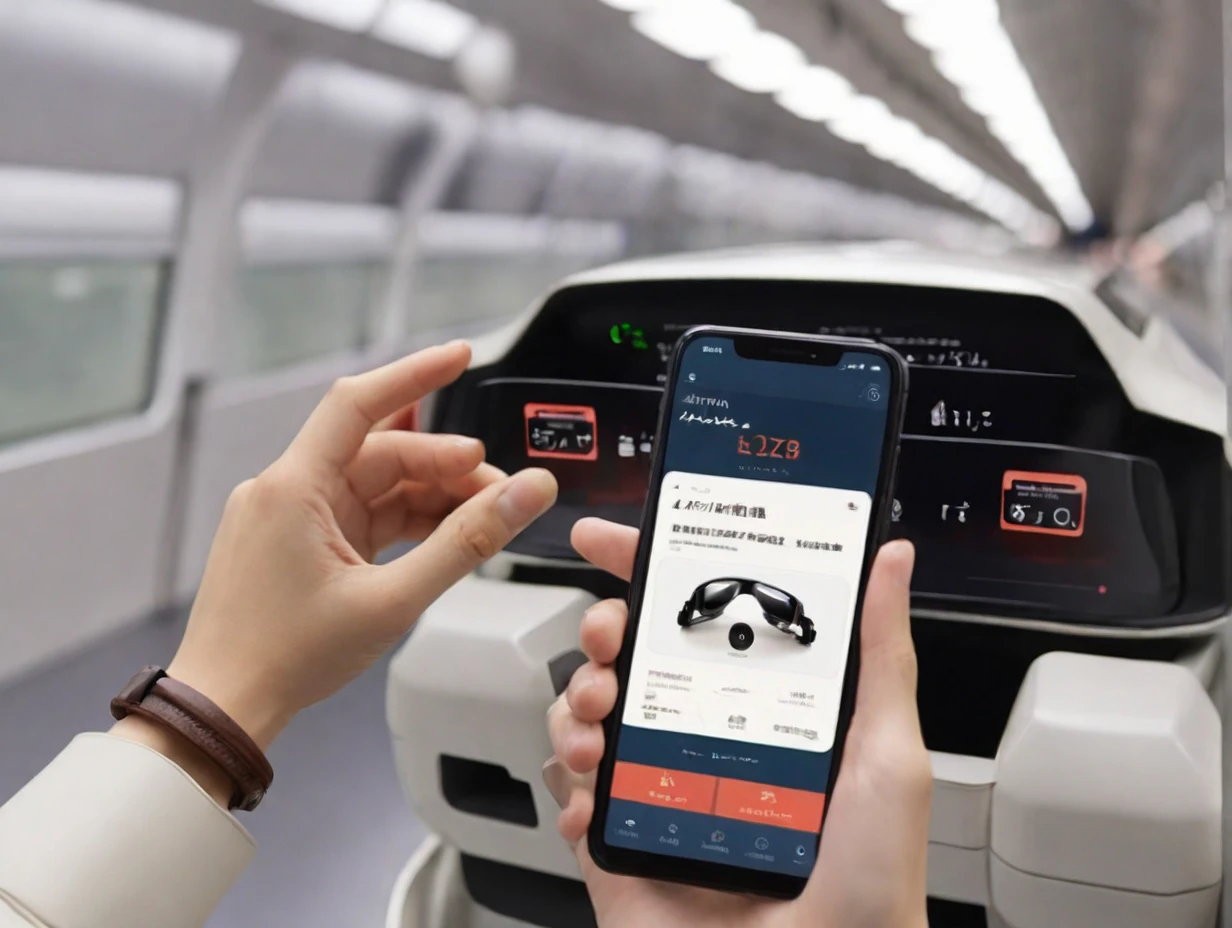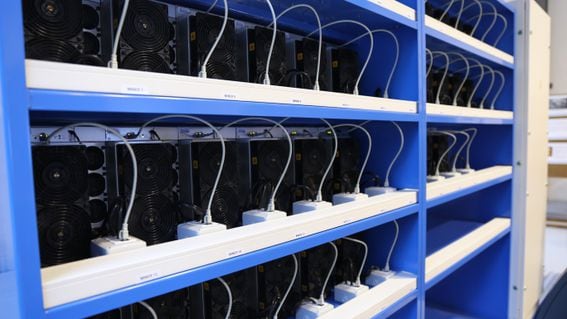Honda has rolled out a new application intended to help visually handicapped people find new avenues and dimensions in traveling. The app is developed in partnership with the Howe Innovation Center, which has Universal Design as a core value encompassing both the Perkins School for the Blind and the institute and uses advanced AI technologies to give passengers audio descriptions denoting the outside scenery in real-time.
Enhancing accessibility through technology
The Honda Audio app through the utilization of a combination of computer vision, generative AI, satellite imaging, geo-targeting, and weather data can narrate the surroundings when the car windows are down. This technology brings the opportunity for an in-depth description of the surroundings, cities, and scenes that deliver the perfect experience of traveling for the visually impaired and the blind passengers in particular.
The app consists of elements labeled with heights, temperature, and sounds, which all come as conveyors of life. It would not matter how far the person is away from the outside world since the app has already made a replacement for it, bringing life to the sound itself. As a Senior Manager of Honda, Phil Hruska shared with the audience the company’s desire to apply technology that can enhance the pleasure and freedom of usage of the product for all customers. “The scenic audio app of Honda will create a continuous robot voice description of the roadside views during the process of driving beautiful cars that catalyzed the widening of visions and boosting of joyful feelings in the heart of blind car passengers,” Hruska said.
A literary approach to scenic narratives
There is more to the app than just a simple listing of the elements of the setting. It crafts literary stories that have a tone that is more suited to this type of narrative. This strategy focuses on the use of descriptive expressions and the creation of a one-of-a-kind color pallet that brings the surroundings into focus.
Through this method, they attempt to create a space where users who cannot witness the escape can still take part in the experience and have a much more vivid sensory journey. Our work with the Howe Innovation Center has been valuable in customizing the app’s features to ensure that visually impaired people have all their needs addressed. Such partnership is a run-up of an initial idea for both Honda and the Perkins School for the Blind to apply technology more inclusively.
Future directions and impact
The new technology of the Honda Scenic Audio app has been set, in a sense, inspiring the automobile industry in relation to the accessing criteria. Additionally, it indicates AI and similar types of technologies that can be deployed to break the barriers and to create an inclusive environment. As technology becomes more advanced, it may not be the only use of it in the mobility area, further enabling people with visual impairments to turn their world into a more accessible place.
The app release is a part of the broad program implemented by Honda under its statement “Dreams are Power” where it intends to promote comfortable amenities and freedom by means of innovatory remedies. A nuncupary application from Honda has recently been introduced that gives a visually impaired traveler the whole new opportunity to associate with the car’s surroundings and a sense of joy of travel with a new level of independence and deepness of emotions.
This article originally appeared in Mobile Marketing





